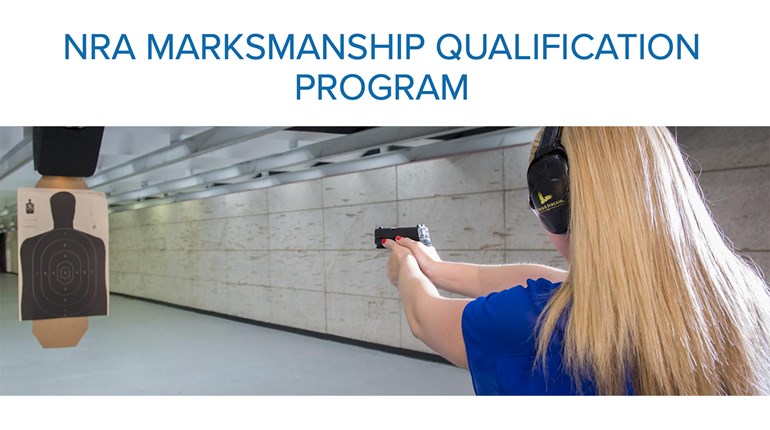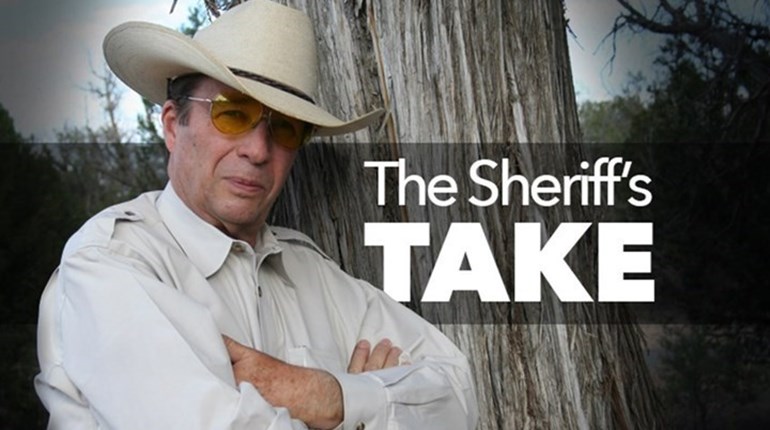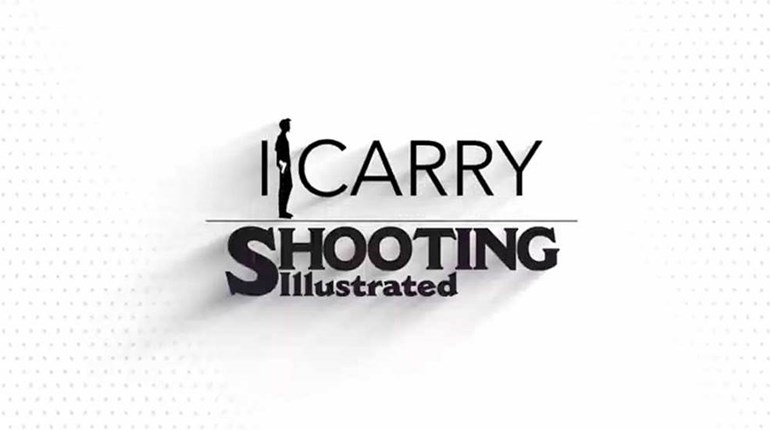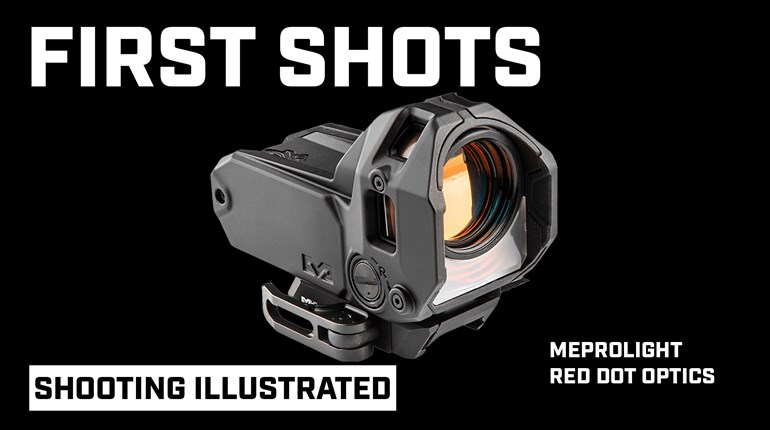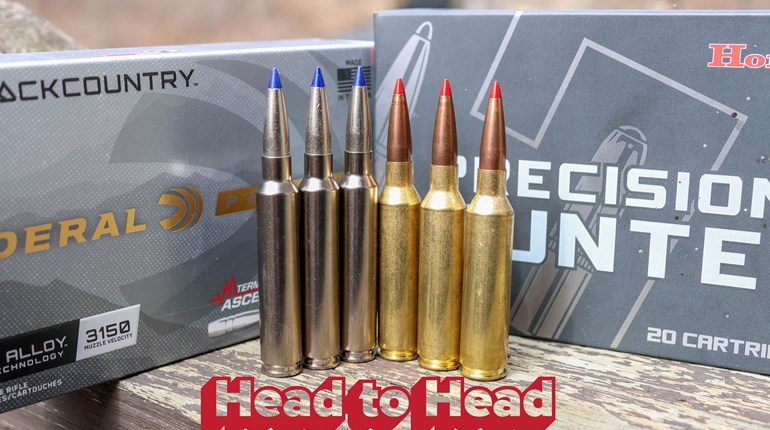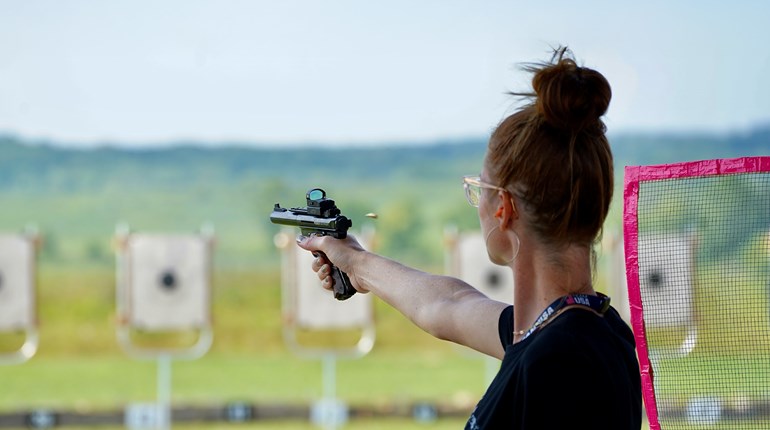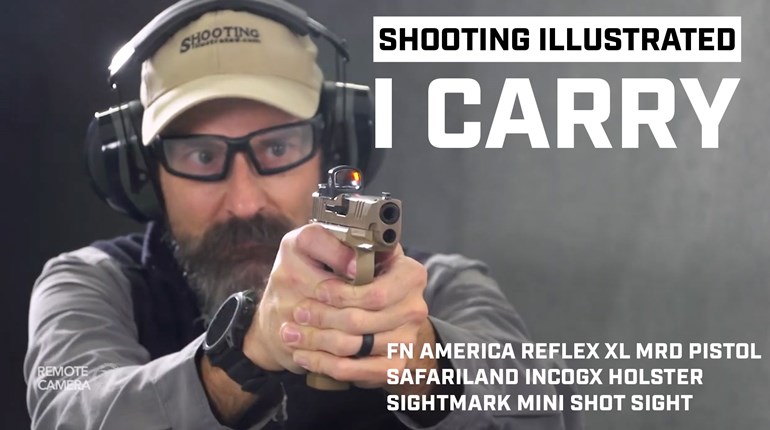
The NRA First Steps Pistol Orientation is an excellent introduction to shooting for new gunowners who only own one pistol. The orientation is designed to teach the fundamentals of shooting a single type of handgun. NRA Certified Basic Pistol Instructors can teach a student either semi-automatic pistols, double-action revolvers or single-action revolvers. There are specific lesson plans for each action type.
The round count for the class is low, so owners of common small pistols such as snubnose revolvers and pocket semi-automatic pistols won’t find the shooting portion fatiguing. Because the class is only about three hours long, it fits well into the busy schedules of persons who own one pistol but for whom shooting is not a hobby.
The orientation is composed of four lessons.
- Pistol knowledge and safe gun handling
- Ammunition knowledge and the fundamentals of pistol shooting
- Shooting positions and shooting qualification
- Maintaining your pistol
An extensive PowerPoint is part of the materials, but the class structure is not “Death by PowerPoint.” The purpose of the PowerPoint is to provide visual references for the NRA Total Participant Involvement teaching method. Rather than lecturing students, instructors involve them in a seminar fashion.
Pistol Knowledge & Safe Gun Handling
To begin the orientation, students learn the causes of firearms accidents; Ignorance, which is lack of knowledge; and carelessness, which is poor or improper attitude. Understanding why negative outcomes occur is fundamental to preventing them.
Then, the NRA rules for safe gun handling are introduced:
- Always keep the gun pointed in a safe direction.
- Always keep your finger off the trigger until ready to shoot.
- Always keep the gun unloaded until ready to use.
Having positive steps to prevent accidents allows the students to handle their firearms in a safe and responsible manner during and after the class.
The different parts of their pistol are explained, along with a demonstration of how they function. A physical demonstration of how to handle a pistol in a safe manner follows. Loading, cocking, decocking and unloading for the particular action type are covered. Especially for pistols having hammers, the decocking demonstration is important. Numerous instances have been reported over the years of people, including police officers, who cocked a pistol and then had to seek assistance to decock it. No live ammunition is used during this part of the lesson. Only dummy ammunition is used in the classroom for safety reasons.
The structure of the lesson gives the instructor the opportunity to continually demonstrate safe handling of a pistol. This gives visual learners a repeated example of how to pick up any handgun, keep the gun pointed in a safe direction, and to keep the trigger finger off the trigger and alongside the frame. Demonstrating the NRA rules continuously provides a positive illustration of how to avoid the poor gun handling that people often see in movies and on TV.

Following a break, the next lesson, ammunition knowledge and the fundamentals of pistol shooting, is covered. In it, the different components of a pistol cartridge and the firing sequence of a cartridge are explained. Properly identifying and storing ammunition is also covered.
Most new gunowners will assume that every time they press the trigger, the cartridge will fire as intended. While this is true almost all the time, it isn’t necessarily true 100 percent of the time. The major types of cartridge malfunctions, misfire, hang fire and squib load are described. The appropriate response for each is then made clear. Squib loads are a phenomenon that very few new shooters are familiar with. But, they can have disastrous results if not responded to properly. Recognizing them and knowing the proper response is incredibly important.
The fundamentals of pistol shooting have many nuances that untrained shooters are unfamiliar with. For example, the arc of movement that occurs while aiming a pistol is a concept very few new shooters are familiar with. Even many experienced shooters are unfamiliar with it. Familiarity with the arc will drastically reduce a shooter’s tendency to yank or snatch the trigger. Learning the proper way to press the trigger smoothly within the arc is one of the nuances in this Lesson. Yanking the trigger is detrimental to good marksmanship, and learning to avoid it will greatly increase a shooter’s satisfaction with the hits on their target. The NRA rules for safe gun handling are also reinforced in this lesson.
Lessons Learned
Shooting positions ands hooting qualification is the actual shooting Lesson of the class. It begins with dry practice, i.e., practicing with no ammunition, another learning and training technique that many shooters are unfamiliar with.
 Initially, students dry practice at the NRA First Steps Pistol Qualification Target from the benchrest position in the classroom. This target is a letter-sized sheet of paper having an eight-inch circle on it and a one-inch dot in the middle. Instructors also have the option to conduct the benchrest training in the classroom using laser-firearm simulators. Targets are placed at 15 feet from the firing line. A series of single snap exercises is followed by a series of multiple snap exercises. After the benchrest training, students transition to dry practice using the two-handed isosceles position.
Initially, students dry practice at the NRA First Steps Pistol Qualification Target from the benchrest position in the classroom. This target is a letter-sized sheet of paper having an eight-inch circle on it and a one-inch dot in the middle. Instructors also have the option to conduct the benchrest training in the classroom using laser-firearm simulators. Targets are placed at 15 feet from the firing line. A series of single snap exercises is followed by a series of multiple snap exercises. After the benchrest training, students transition to dry practice using the two-handed isosceles position.
After the dry practice in the classroom is concluded, the students move on to live fire from the benchrest. Once again, the progression of single-shot and multiple (five) shot live-fire exercises is used.
The desired outcome is for students to be able to shoot at least three, five-shot groups from the benchrest position and all hits within the circle of the NRA First Steps Pistol Qualification Target. Shooters are then encouraged to fire the same progression from the two-handed standing position.
The final Lesson of the class is maintaining your pistol. Handguns require preventive maintenance. Knowing how to properly clean a pistol after firing it is an important aspect of gun ownership. They should be cleaned and lubricated after every shooting session. This Lesson shows the equipment necessary, cleaning procedures, and safety measures that should be followed.
Lesson IV also includes information about the NRA and NRA Training Opportunities. The NRA’s best kept practice secret, the NRA Marksmanship Qualification Program, is also mentioned.
Anyone who has purchased a pistol but has never had any training with it should consider the First Steps Pistol Orientation. The NRA Instructors website is the place to find a class and sign up.










